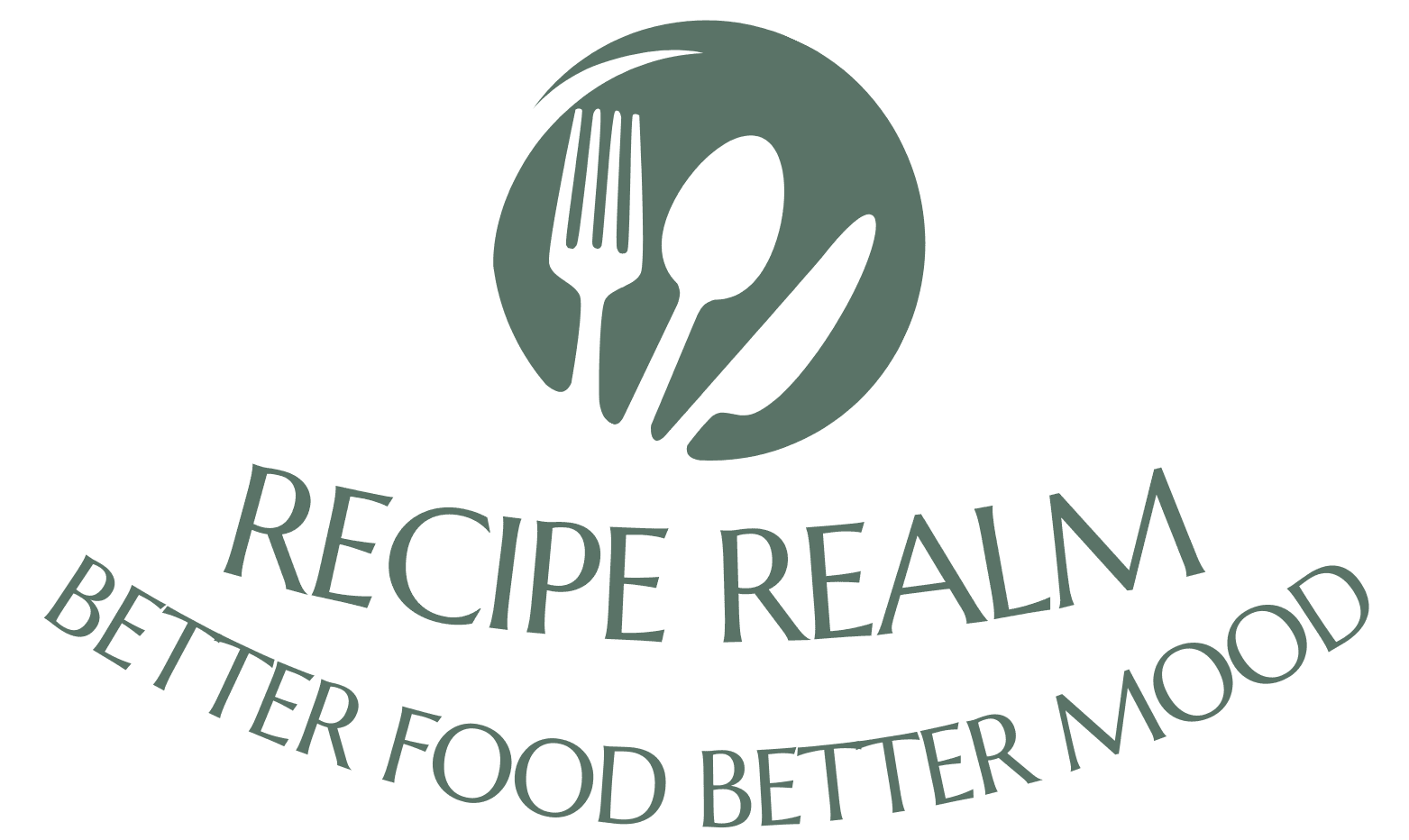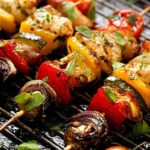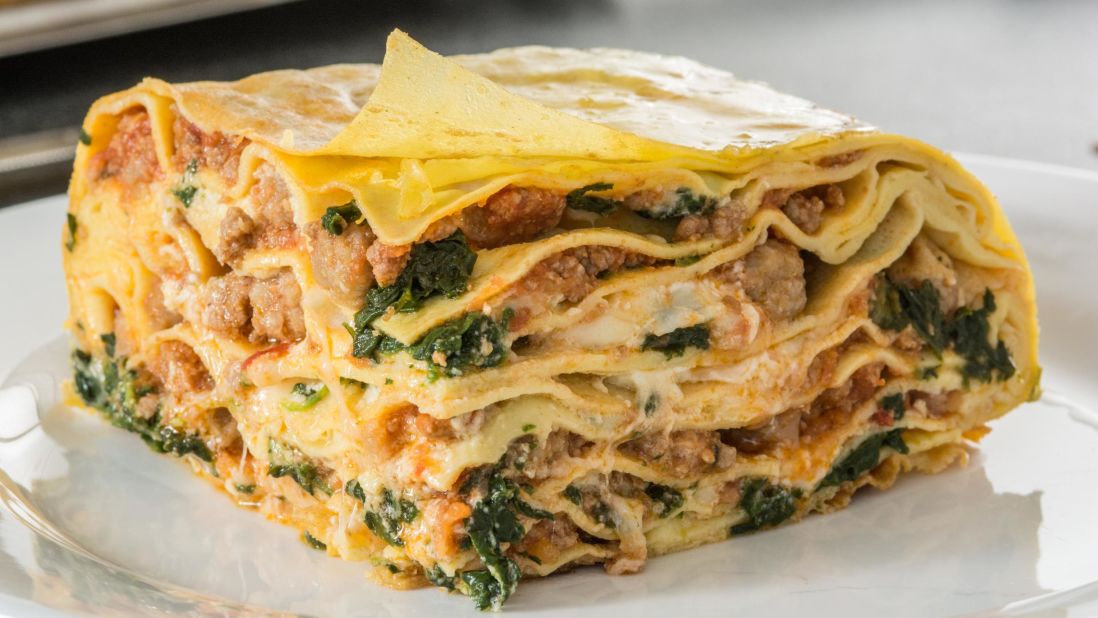
ITALIAN CUISINE
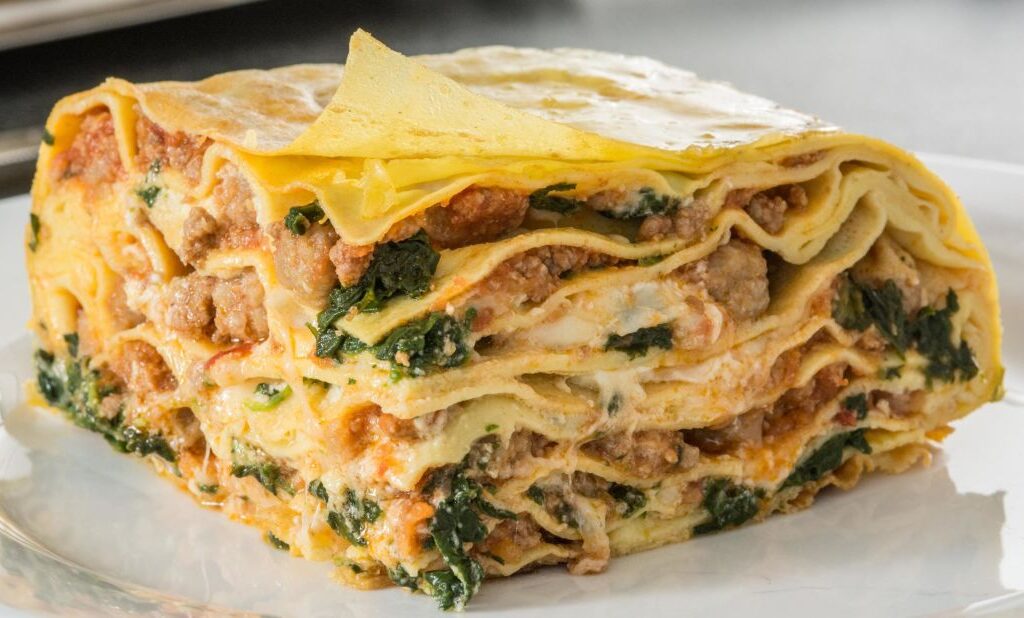

The History of Italian Cuisine
Introduction
Italian cuisine, celebrated for its exquisite flavors and diverse dishes, is a culinary tradition that has left an indelible mark on the world. With a history as rich as its flavors, Italian cuisine is a testament to the artistry and passion that the people of Italy bring to their food. In this article, we delve into the intriguing history and cultural significance of Italian cuisine, a culinary heritage celebrated for its simplicity and timelessness.
Ancient Beginnings
A Legacy from Antiquity
The roots of Italian cuisine can be traced back to ancient civilizations that inhabited the Italian peninsula. The Etruscans and Greeks influenced early culinary practices, introducing ingredients like olive oil, wine, and grains. The Roman Empire’s expansion further enriched Italian cooking with diverse flavors and cooking techniques.
Medieval and Renaissance Influences
Culinary Evolution
During the medieval and Renaissance periods, Italian cuisine underwent significant changes. Trade routes brought spices from the East, influencing Italian cooking. Notable cookbooks from this era, such as “Liber de Coquina,” offered insights into the evolving culinary arts, emphasizing the use of fresh, locally sourced ingredients.
Regional Diversity
The Strength of Tradition
One of the hallmarks of Italian cuisine is its regional diversity. Italy’s varied landscapes, climates, and cultures have given rise to a myriad of regional dishes and specialties. From the pasta-centric dishes of the south to the hearty risottos of the north, each region boasts its own culinary traditions and flavors.
Cultural Significance
A Way of Life
Italian cuisine is not merely a collection of recipes; it is a way of life. Meals in Italy are often seen as a time for family and community. The “slow food” movement, born in Italy, emphasizes the importance of savoring each meal and using fresh, locally sourced ingredients.
Conclusion
In conclusion, the history of Italian cuisine is a captivating journey through the annals of time, marked by the influences of ancient civilizations, the evolution of medieval and Renaissance cooking, and the regional diversity that defines Italy’s culinary map. Italian cuisine’s enduring appeal lies in its simplicity, emphasis on quality ingredients, and the joy it brings to those who partake in it. Exploring the history and traditions of Italian cuisine invites us to savor the timeless flavors of this extraordinary culinary heritage.
- Serves: 4 People
- Prep Time: 15 minutes
- Cooking: 20 minutes
- Difficulties: medium
Ingredients
For Cooking
- 12ounces spaghetti
- 4 large eggs
- 1 cup grated Pecorino Romano cheese
- 4 ounces pancetta or guanciale, diced
- 2cloves garlic, minced
- Freshly ground black pepper
- Salt
- Chopped fresh parsley, for garnish
For Dressing
Nutritional Information
-
Calories:
520 -
Total Fat:
22g -
Saturated Fat:
9g -
Sodium:
550mg -
Total Carbohydrates:
54g -
Dietary Fiber:
2g -
Sugars:
2g -
Protein:
26g
Procedure
Conclusion: Italian cuisine is a symphony of flavors that invites you to savor every bite. From the creamy indulgence of Carbonara to the rustic allure of Margherita pizza, these iconic recipes offer a glimpse into the soul of Italy. Whether you stick to the classics or venture into innovative variations, Italian dishes are a testament to the country’s love for good food, shared moments, and the joy of gathering around the table. Embark on a culinary journey that pays tribute to the heart and soul of Italian gastronomy.
-
Mark As Complete
Bring a large pot of salted water to a boil. Cook the spaghetti according to package instructions until al dente.
-
Mark As Complete
In a bowl, whisk together the eggs, grated Pecorino Romano cheese, and a generous amount of freshly ground black pepper.
-
Mark As Complete
In a skillet over medium heat, cook the diced pancetta or guanciale until it becomes crispy and golden. Add minced garlic and sauté for a minute.
-
Mark As Complete
Drain the cooked pasta and quickly toss it in the skillet with the pancetta/guanciale and garlic.
-
Mark As Complete
Remove the skillet from heat and immediately pour the egg-cheese mixture over the pasta. Toss vigorously to combine and create a creamy sauce.
-
Mark As Complete
The heat from the pasta will cook the eggs, creating a luscious sauce that coats the strands.
-
Mark As Complete
Season with salt if needed, and garnish with chopped fresh parsley.
-
Mark As Complete
Serve immediately and enjoy!
Dawood Ali Mian
Chef Dawood brings a wealth of experience and a diverse culinary background to our kitchen. His culinary training spans the globe, from classic French techniques to contemporary fusion cuisine. Drawing inspiration from both traditional and modern culinary traditions, Chef Dawood’s creations are a harmonious blend of flavors and textures that tantalize the palate.
You also might like
No recipe were found.
